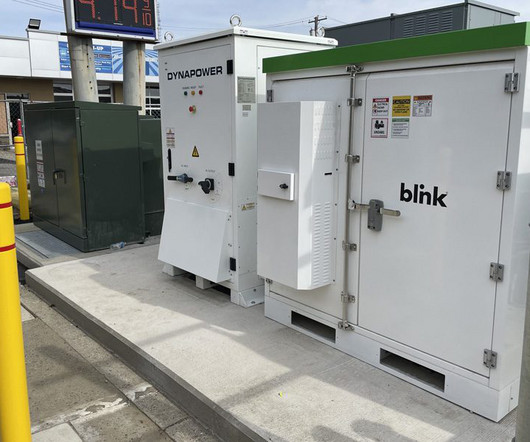What Does Battery Storage Mean for EV Drivers?
Blink Charging
JULY 27, 2023
Blink Charging recently announced our first battery energy storage system (also referred to as a BES system or BESS) in Pennsylvania that includes four direct current fast chargers (DCFCs). This innovative electric vehicle (EV) charging station will be beneficial to both drivers and businesses that want to host DCFC charging stations.



















Let's personalize your content